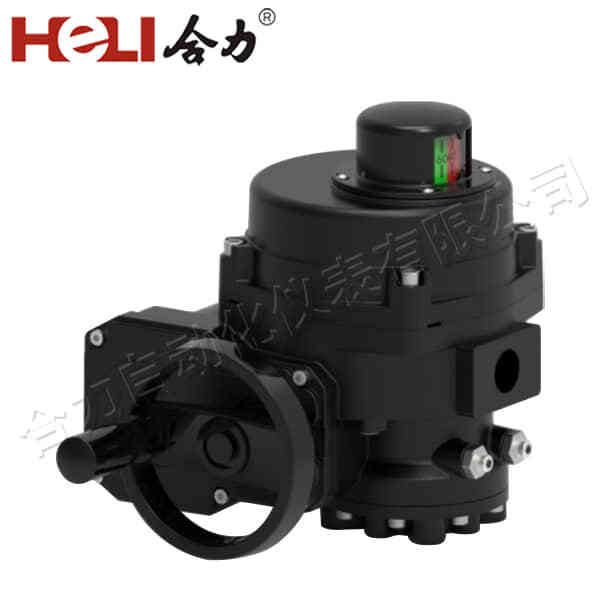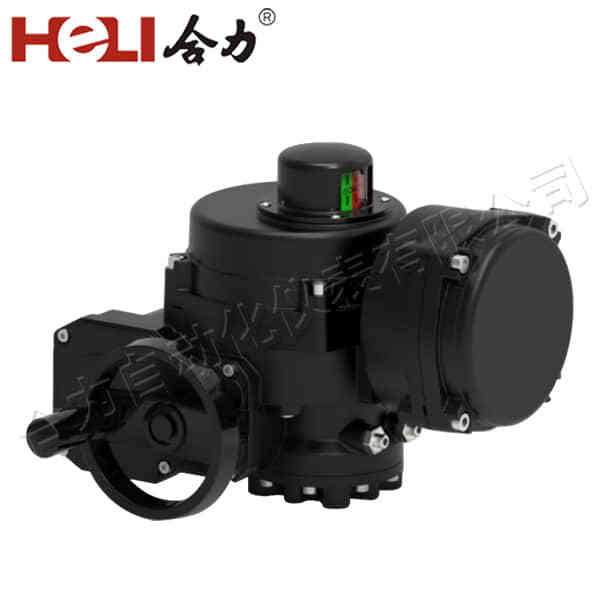Electric actuators are crucial components in modern automation systems, driving motion and controlling mechanical processes with precision. These devices convert electrical energy into mechanical motion and are widely used in a variety of applications, from industrial machinery and robotics to household appliances and automotive systems. In this article, we will explore the working principle of electric actuators, their types, advantages, and real-world applications, providing insight into their growing role in today’s technologically advanced world.

What is an Electric Actuator?

An electric actuator is a device that uses electric energy to produce linear or rotary motion. The actuator typically consists of an electric motor, a transmission system, and a mechanical component that performs the motion. When an electrical signal is applied, the motor spins or moves in a specific direction, which is then translated into mechanical movement by the transmission system. This action can be either rotary (like turning a wheel or shaft) or linear (such as pushing or pulling a rod or piston). Electric actuators are integral to automation because they provide accurate control over mechanical movements. By responding to electrical input signals, they enable systems to execute tasks such as opening and closing valves, adjusting machinery positions, or moving components in robotic arms.
